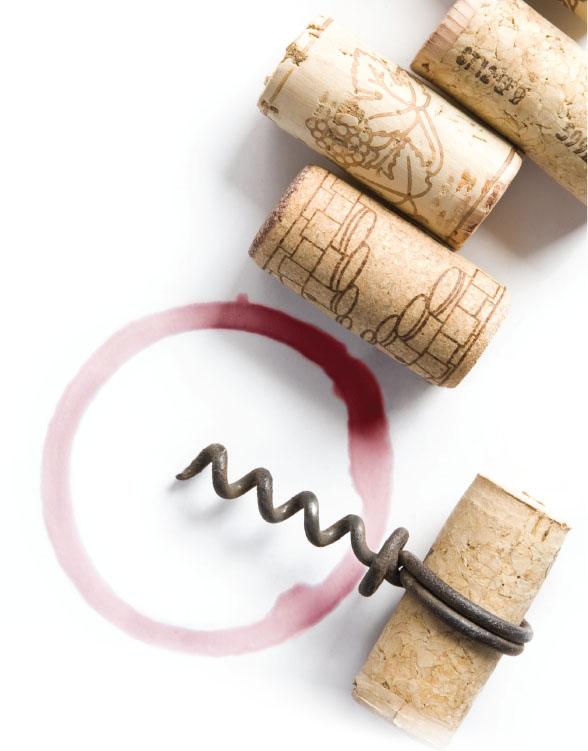 For Tony Morgan, a property underwriter specializing in earthquake coverage, the spark for his firm's latest specialty-insurance program idea was nothing more than an interesting newspaper article that really had nothing to do with earthquakes—or even insurance.
For Tony Morgan, a property underwriter specializing in earthquake coverage, the spark for his firm's latest specialty-insurance program idea was nothing more than an interesting newspaper article that really had nothing to do with earthquakes—or even insurance.
Morgan, a senior vice president for Bliss & Glennon, a Redondo Beach, Calif.-based wholesale brokerage and managing general agent (MGA), recalls reading a few years ago a Wall Street Journal article about wine collectors—in particular, the marital squabbles that develop between husbands who collect rare vintages and wives who don't understand why they can't drink from the prized bottles.
The article stressed that these men spend so much money on their collections that when some marriages end in divorce (presumably not over the question of wine consumption), battles over ownership of the collection become a problem.
Recommended For You
Want to continue reading?
Become a Free PropertyCasualty360 Digital Reader
Your access to unlimited PropertyCasualty360 content isn’t changing.
Once you are an ALM digital member, you’ll receive:
- Breaking insurance news and analysis, on-site and via our newsletters and custom alerts
- Weekly Insurance Speak podcast featuring exclusive interviews with industry leaders
- Educational webcasts, white papers, and ebooks from industry thought leaders
- Critical converage of the employee benefits and financial advisory markets on our other ALM sites, BenefitsPRO and ThinkAdvisor
Already have an account? Sign In Now
© 2025 ALM Global, LLC, All Rights Reserved. Request academic re-use from www.copyright.com. All other uses, submit a request to [email protected]. For more information visit Asset & Logo Licensing.








